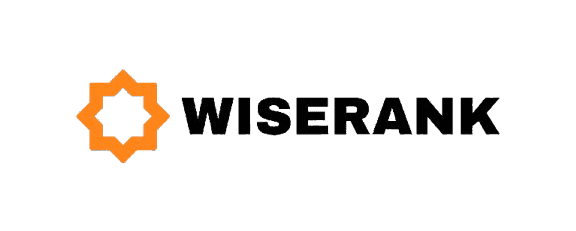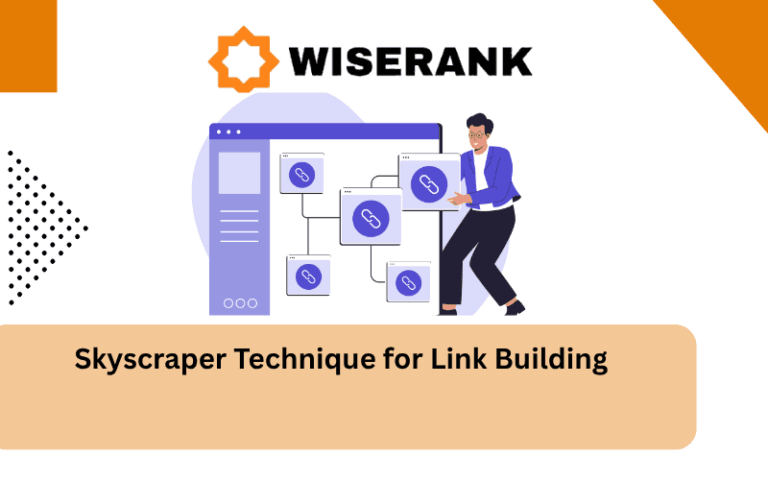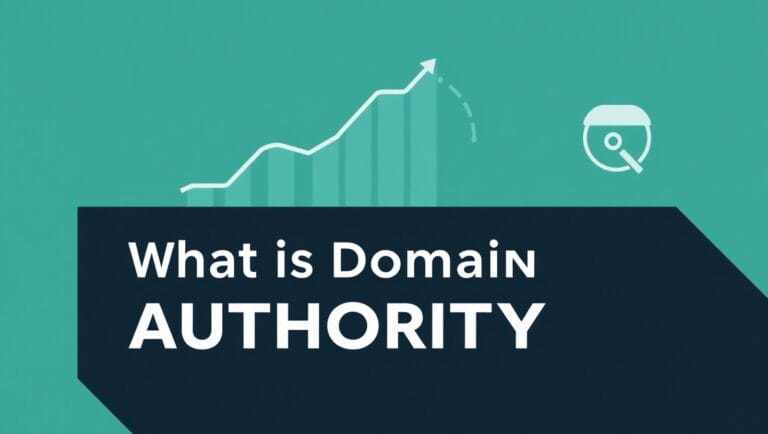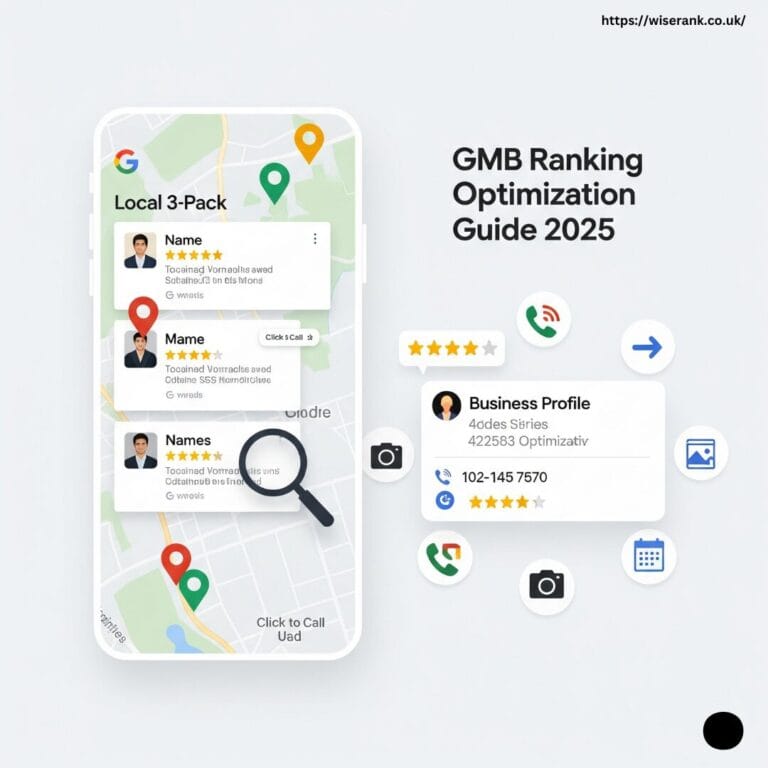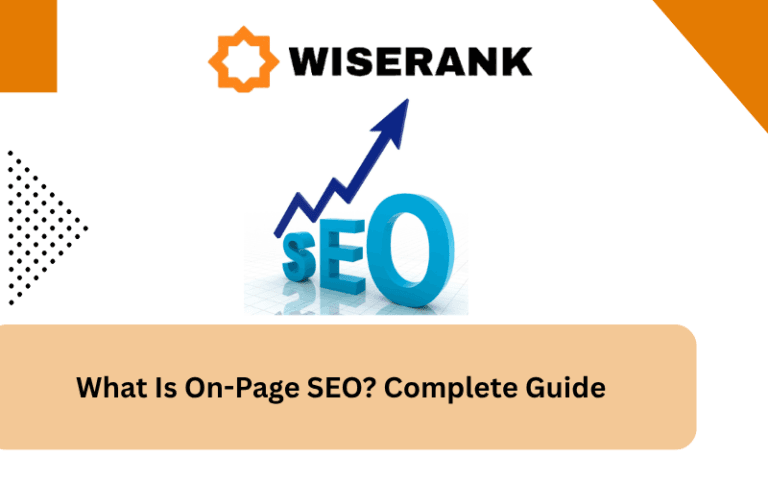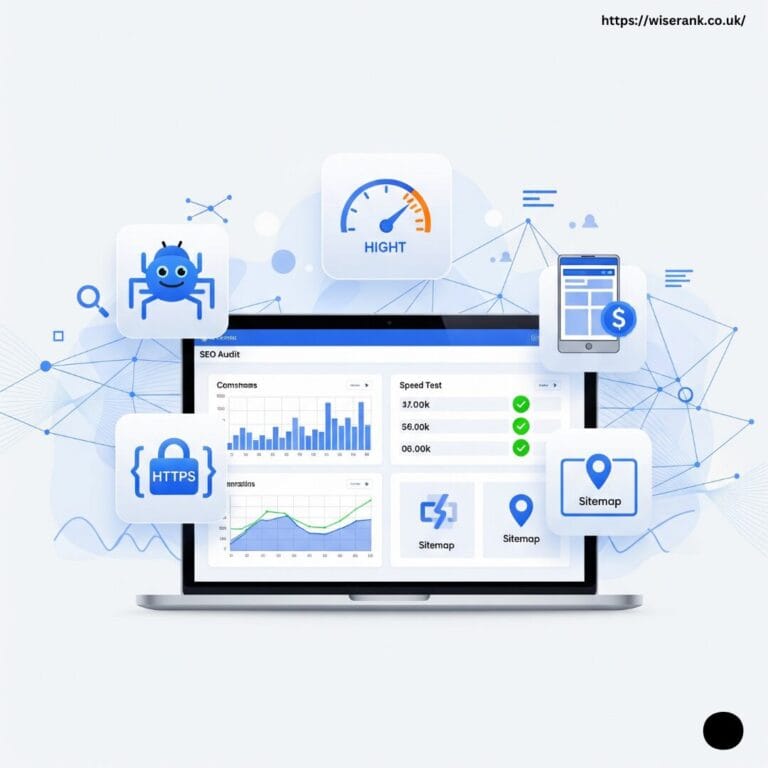What Is Digital PR and Why It Powers SEO?
Digital PR combines traditional public relations with content marketing and SEO to earn media coverage and high authority backlinks from news sites and industry publications. This strategy focuses on creating newsworthy content that journalists want to feature.
Unlike traditional link building that requires direct outreach to individual websites, digital PR earns links through media coverage that naturally includes citations to your brand or research. The authority of major publications makes these backlinks exceptionally valuable.
How Digital PR Differs from Traditional Link Building?
Digital PR and standard link building both aim to acquire backlinks, but their approaches and results differ significantly in execution and impact.
Understanding these differences helps you integrate digital PR effectively into your broader SEO strategy.

Target Audience Focus
Digital PR targets journalists and media outlets rather than individual bloggers, creates content for news value not just SEO, earns coverage on high-authority domains, and generates brand awareness beyond just backlinks.
Content Requirements
PR campaigns need newsworthy angles that interest journalists, original data or research worth citing, timely hooks connected to current trends, and stories compelling enough for major publications.
Link Quality Differences
Media backlinks come from extremely high authority domains, editorial links carry more SEO weight, single PR placement can equal dozens of standard backlinks, and coverage often generates additional secondary links.
Scalability and Control
Traditional link building offers more direct control, PR results are less predictable but more powerful, successful campaigns can go viral generating hundreds of links, and media relationships provide ongoing opportunities.
Creating Link-Worthy Digital PR Assets
The foundation of successful digital PR lies in creating content so valuable that journalists naturally want to reference it in their stories.
These linkable assets provide data, insights, or resources that enhance news coverage and serve as authoritative sources.
Original Research and Data Studies
Conduct industry surveys with meaningful sample sizes:
- Survey your customer base about industry trends
- Analyze large datasets to uncover insights
- Compare data across time periods or regions
- Present findings in easy-to-understand formats
- Create quotable statistics journalists can use
- Publish full methodology for credibility
- Design shareable charts and graphs
Newsworthy Content That Gets Coverage
Create content with inherent news value by developing annual industry reports and benchmarks, analyzing trending topics with unique data, creating tools or calculators that solve problems, and publishing expert predictions backed by research.
Visual Content for Maximum Impact
Infographics that visualize complex data attract media attention, interactive tools and maps engage journalists, before-and-after comparisons tell compelling stories, and professionally designed assets appear more authoritative.
Expert Commentary and Thought Leadership
Position yourself as a go-to expert by publishing unique perspectives on industry news, offering expert commentary on developing stories, creating comprehensive how-to guides for complex topics, and developing frameworks or methodologies others can reference.
Building Relationships with Journalists and Media
Strong journalist relationships form the backbone of successful digital PR campaigns. Reporters who know and trust you are more likely to cover your stories.

Relationship building happens gradually through consistent value provision and professional engagement.
Finding Relevant Journalists
Use media databases like Muck Rack or Cision, follow journalists covering your industry on Twitter, read bylines in target publications regularly, and track who covers topics related to your business.
Engaging Before You Pitch
Share their articles with thoughtful comments, provide helpful information without expecting coverage, offer expert quotes when relevant, and build genuine connections before making asks.
Providing Value Consistently
Respond quickly when journalists need sources, offer exclusive data or early access, make their job easier with ready-to-use assets, and maintain reliability in all interactions.
Long-Term Relationship Maintenance
Stay in touch even when not pitching, congratulate journalists on major stories, share industry insights they might find useful, and think partnership rather than transaction.
Effective Digital PR Outreach Strategies
Successful outreach requires understanding what journalists need and presenting your story in ways that make their job easier.
Generic mass pitches fail while personalized, relevant outreach generates coverage.
Crafting Compelling Pitch Emails
Write attention-grabbing subject lines that preview value, open with the news hook immediately, explain why their audience cares, provide all necessary information upfront, and include ready-to-use quotes and data.
Timing Your Outreach
Send pitches early in the week typically Tuesday through Thursday, avoid major holidays and breaking news days, consider publication schedules and deadlines, and respond to breaking news quickly with reactive PR.
Personalization That Works
Reference specific articles the journalist wrote, explain why your story fits their beat, customize pitches for each publication’s audience, and demonstrate knowledge of their coverage areas.
Follow-Up Best Practices
Wait 2-3 days before following up, keep follow-ups brief and add value, accept no response as an answer gracefully, and maintain professionalism always.
Proven Digital PR Campaign Types
Certain campaign formats consistently earn media coverage and backlinks across industries when executed well.
Understanding these proven approaches helps you develop campaigns with higher success probability.
Data-Driven Research Campaigns
Survey-based studies revealing industry insights generate coverage because journalists need data for stories, original research establishes authority, statistics provide quotable content, and exclusive data offers competitive advantage.
Newsjacking and Reactive PR
Respond quickly to trending news with expert commentary, provide data related to breaking stories, offer unique perspectives on developing situations, and position yourself as go-to expert for media.
Creative Campaigns and Stunts
Develop attention-grabbing campaigns with visual appeal, create unexpected angles on familiar topics, design interactive experiences or tools, and ensure creativity serves brand message not just shock value.
Seasonal and Awareness Campaigns
Plan campaigns around relevant holidays or awareness months, provide timely data for seasonal stories, create annual traditions like yearly reports, and establish yourself as seasonal expert.
Using HARO for Link Building Success
Help A Reporter Out connects journalists seeking sources with experts willing to provide quotes. Responding to relevant HARO queries can earn high-quality backlinks from major publications.
HARO provides accessible entry point into digital PR for businesses of all sizes.
How HARO Works Effectively
Sign up for free and select relevant categories, receive daily emails with journalist queries, respond quickly with concise expert insights, and include credentials that establish expertise.
Maximizing HARO Success
Respond within first few hours of query posting, provide specific quotable information not generic advice, tailor responses to journalist’s exact question, keep responses concise at 2-3 paragraphs, and include relevant credentials briefly.
HARO Best Practices
Only respond to queries where you have genuine expertise, never send promotional pitches disguised as responses, provide value without expecting guaranteed placement, and track which responses generate coverage.
Measuring Digital PR Campaign Success
Track specific metrics to evaluate campaign performance and demonstrate ROI from digital PR investments.
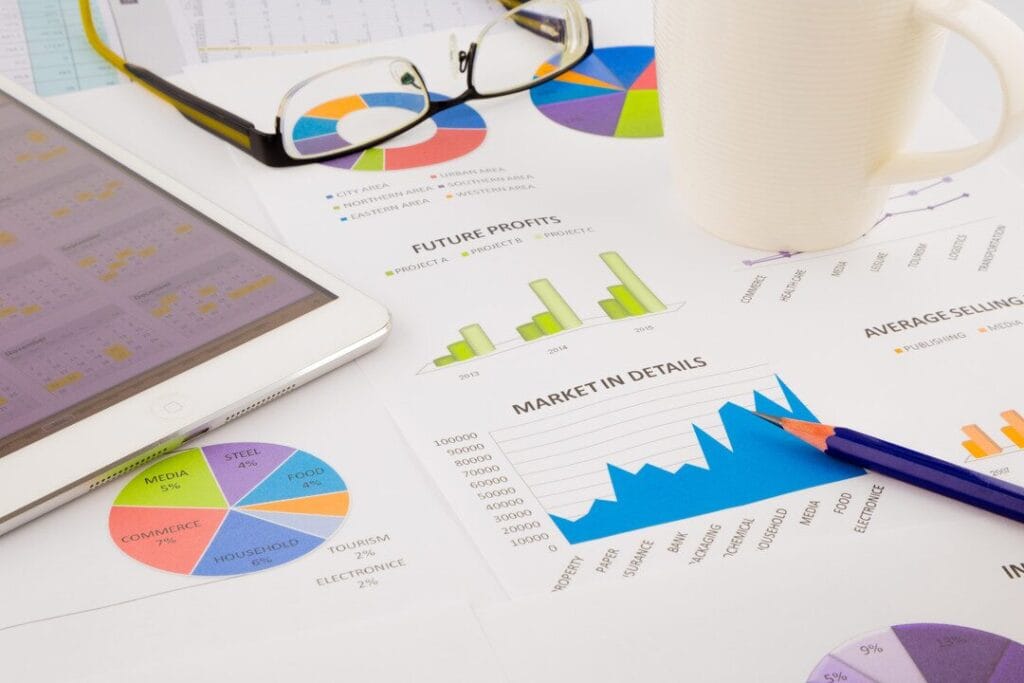
Proper measurement helps refine strategy and justify resource allocation.
Key Performance Indicators
Monitor number of media placements secured, count backlinks earned from coverage, measure referral traffic from publications, track domain authority improvements, and calculate share of voice in target topics.
Backlink Quality Assessment
Evaluate authority of linking domains using Ahrefs or Moz, check relevance of linking publications, analyze anchor text used in coverage, and measure link placement context.
Brand Awareness Metrics
Track branded search volume increases, monitor social media mentions and engagement, measure direct traffic growth, and assess brand sentiment changes.
Tools for PR Tracking
Use Ahrefs or SEMrush for backlink monitoring, Brand24 or Mention for brand tracking, Google Analytics for traffic analysis, and Google Search Console for ranking changes.
Common Digital PR Mistakes to Avoid
Understanding frequent pitfalls helps you execute campaigns more effectively and avoid wasting resources.
Critical Errors That Hurt Results
- Pitching irrelevant stories to wrong journalists
- Sending mass generic emails without personalization
- Creating content with no real news value
- Ignoring journalist preferences and guidelines
- Following up too aggressively or frequently
- Making pitches overly promotional instead of newsworthy.
Quality Over Quantity Approach
One placement in Forbes outweighs dozens in small blogs, focus on building few strong journalist relationships, create fewer but higher-quality campaigns, and prioritize relevance over volume.
Integrating Digital PR with Overall SEO Strategy
Digital PR works best as part of comprehensive SEO strategy rather than standalone tactic.
Combining PR with Content Marketing
Use PR coverage to amplify content reach, repurpose research into multiple content formats, create content that supports PR campaigns, and leverage earned media in content promotion.
PR and Social Media Synergy
Share media coverage across social channels, engage with journalists on social platforms, use social listening for PR opportunities, and amplify campaign reach through social promotion.
Technical SEO Support
Ensure your site can handle traffic spikes from coverage, optimize landing pages for conversion, implement proper tracking for attribution, and create dedicated press or newsroom pages.
Your Digital PR Implementation Plan
Start building your digital PR strategy by identifying newsworthy angles in your business or data, researching journalists covering your industry, and creating your first linkable asset with original value.
Develop compelling stories by analyzing your unique data for insights, finding connections to trending topics, creating visual content that journalists need, and offering expert perspectives worth quoting.
Remember that digital PR requires patience and persistence as relationships and authority build over time. Focus on creating genuinely newsworthy content that serves journalists’ needs, maintain professionalism in all media interactions, and think long-term relationship building rather than quick wins. When executed consistently with quality focus, digital PR earns the highest authority backlinks available while building brand recognition that extends far beyond SEO benefits.
